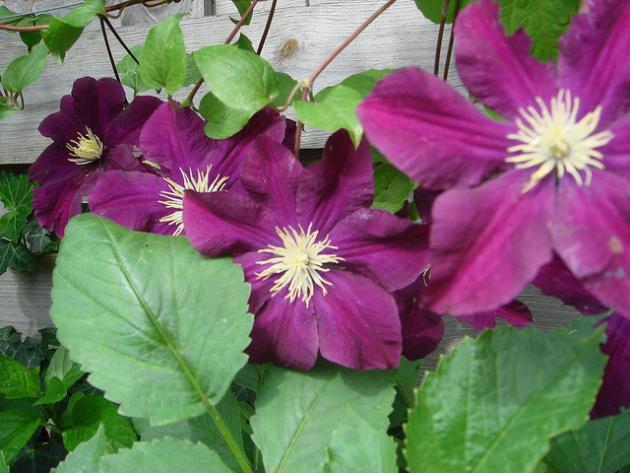How Do I Reduce The Alkalinity In My Garden?
Soil pH
Soil pH is a measure of the acidity or alkalinity (basicity) of a soil, and is reported as a value between 0 and 14. A soil test for pH measures the concentration of hydrogen ions in the soil solution.
A pH of 7.0 is considered neutral. A pH value below 7.0 indicates that the soil is acidic, with lower values representing increasing acidity. A pH value above 7.0 indicates that the soil is alkaline (basic), with higher values representing increasing alkalinity.
The pH scale is logarithmic, so a change in 1 pH unit reflects a 10 fold change in acidity or alkalinity.
Alkaline Soils
Soils may be alkaline due to over-liming acidic soils. Also, alkaline irrigation waters may cause soil alkalinity and this is treatable, but alkaline soils are primarily caused by a calcium carbonate-rich parent material weathering (developing) in an arid or dry environment.
These types of soils are common in many areas of the western United States. The average pH of these carbonate-containing arid soils is 8.0. Most landscape and garden plants do best at pH values between 6.0 and 7.2.

Problems Caused by Alkaline Soils
The availability of many plant nutrients in soils, including iron, zinc, copper, and manganese, is reduced at high pH values. Iron chlorosis in plants, caused by inadequate iron, is a common problem in alkaline soils.

Phosphate, a macronutrient, may also be limited in these high pH soils due to its precipitation in the soil solution.
The pH of a soil can be readily and inexpensively tested by a soil laboratory. County Extension Agents can give advice on how to sample soiland where to have the samples analyzed. Soil pH test kits may also be purchased and will give an estimate of the soil pH.
Treatment of High pH Soil
Fertilizers and chelates can be added to soil to increase concentrations of plant nutrients. It is important to note that addition of phosphate fertilizer alone will further reduce the availability of other nutrients.
Lowering the pH of alkaline soils, or acidifying the soil, is an option. Elemental sulfur can be added to soil as it forms sulfuric acid when it reacts with water and oxygen in the presence of sulfur-oxidizing bacteria. Iron and aluminum compounds can be added to soil, as they cause the release of hydrogen when they react with water. Sulfuric acid may also be added directly.
Additions of appreciable amounts of organic matter will help to acidify the soil as microbes decompose the material, releasing CO2 which then forms carbonic acid. Organic acids are also released during humus decomposition. Peat and peat moss are highly acidic forms of organic matter but can be costly.
Application of acidifying fertilizers, such as ammonium sulfate, can help lower soil pH. Ammonium is nitrified by soil bacteria into nitrate and hydrogen ions.
Soils naturally containing carbonates, or lime, are very difficult to acidify, and it may take years before a significant change in soil pH is seen. Even then, the carbonatic parent material will continue to weather, producing more soluble carbonate and buffering the soil solution pH.
Many plants can tolerate pH values between 7 and 8, and some actually thrive at these higher pH values. Choosing plants that grow well in mildly alkaline soils can be selected. This is the most reasonable "treatment" option for soils that have developed from carbonatic parent material.
Vegetable garden plants such as asparagus, beets, cabbage, cauliflower, celery, carrots, lettuce, parsley and spinach grow well in soils whose pH is between 7 and 8.
Alkaline-tolerant landscape plants include boxelder, Japanese barberry, hackberry, Russian olive, sargent crabapple, mockorange, locust, bridalwreath, and arrowwood.
pH of Soil Above 8.5
A soil pH value above 8.5 indicates the presence of sodium. High-sodium soils may reach pH values up to 10. Such high-sodium soils are termed "sodic" soils, and they may also be saline. Sodic soils contain so much sodium that the soils become dispersed and almost impervious to water. To remediate sodic soils, gypsum or sulfuric acid is added, and the soil is leached.

Additional Resources:
Northeast
Vermont – pH for the Garden
Pennsylvania – Understanding Soil pH
How Do I Reduce The Alkalinity In My Garden?
Source: https://landscape-water-conservation.extension.org/solutions-to-soil-problems-high-ph/
Posted by: simpsonderignatim.blogspot.com

0 Response to "How Do I Reduce The Alkalinity In My Garden?"
Post a Comment